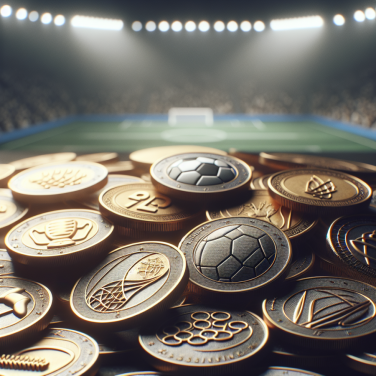More Than Just Dimples: Understanding the Science behind Golf Balls' Structure
A golf ball, despite its tiny size, is a wonder of scientific ingenuity that plays a significant part in determining the outcome of a game. Most people are surprised to learn that behind golf balls' humble appearance, there is an array of scientific concepts and design elements at play. This article aims to delve into the intricacies of golf ball design and explore the science that shapes each game of golf.
The most obvious characteristic of a golf ball is its dimpled texture, which is visually arresting and distinctive. However, it's less understood that these dimples provide more than just an aesthetic appeal. They play a crucial role in the flight path, distance, and speed of the golf ball. This can be explained by a phenomenon in fluid dynamics known as the Bernoulli's Principle, which states that an increase in the speed of a fluid results in a decrease in its pressure. Thus, the dimples on a golf ball induce turbulence in the air layer surrounding the ball, reducing the drag and allowing it to travel further.
Moreover, if we delve deeper into the layers of a golf ball, we would discover that it is not just a solid piece of material. The core, also known as the engine of the golf ball, contains rubber, resin, or a similar substance that provides the ball's explosive distance. It is specifically designed to respond to the force applied by the golfer's swing and transfer that energy into the golf ball.
Above the core lies the mantle. The mantle is a crucial layer that interacts with both the core and the cover. It reacts to the player's swing speed and enables a spin rate that can either aid accuracy, distance or a combination of both. The exact composition of the mantle varies from one golf ball model to the other. However, the aim remains consistent; to increase distance for slower swing speeds and reduce spin for faster ones.
The last layer is the cover, typically fabricated from urethane or surlyn. Urethane covers are softer, generating more spin, particularly with irons and wedges, thereby enhancing control. In contrast, surlyn covers are more durable and provide a lower spin, promoting distance instead.
Overall, golf ball design is a mix of science, and precision engineering meant to influence direction, distance, spin, and control. The perfect combination depends on the individual player’s strength and style of play. Therefore, choosing the right golf ball can significantly affect the quality of the game and is as crucial as picking the proper clubs.
Shattering Misconceptions: An In-depth Examination of Golf Ball Design
The sport of golf is imbued with a rich history and tradition that often leads to misconceptions. One significant area of misinformation is focused on the seemingly simple construction of the golf ball. Its unique design not only influences the game significantly but is also shrouded in myths and misconceptions. This article aims to unpack the truth about golf balls' structure.
At a first glance, a golf ball might appear simple—a spherical object, covered in numerous dimples. However, the understated aesthetics hide an intricate structural design tailored to control the flight of the ball and maximize the efficiency of its aerodynamics.
One of the most common misconceptions is that all golf balls are made the same. However, golf balls come in different forms. The two-piece golf ball, for example, is designed with a solid core and a hardened outer cover. This durable ball type is quite resilient and suitable for beginners or high-handicap golfers who need the added distance. On the other hand, multi-layered balls, usually three, four or five pieces, are designed for experienced golfers, providing a greater range of spin rates and offering more control.
Another well-established belief is that the dimples on a golf ball are purely cosmetic. Such an assertion couldn’t be further from the truth. The dimpling of golf balls is a crucial aspect of their design, bearing a significant influence on their flight characteristics. Without dimples, a golf ball would face more air resistance, and the smooth surface would not allow it to travel more than half the distance that a dimpled ball would cover.
There's also a prevalent myth suggesting that more dimples mean a better ball. This is a half-truth at best. While it's critical for a golf ball to have dimples, there isn't a universal amount that each ball must have. The number can range anywhere from 300 to 500 dimples. The size, shape, and pattern of the dimples also influence the flight performance and stability of a golf ball much more than the sheer number of dimples.
Furthermore, another myth to consider is the idea that soft golf balls are not as long as hard balls. Contrary to popular belief, the hardness or softness of a golf ball does not equate to its distance. It is the internal design of the ball (the core and cover material) that dictates this.




